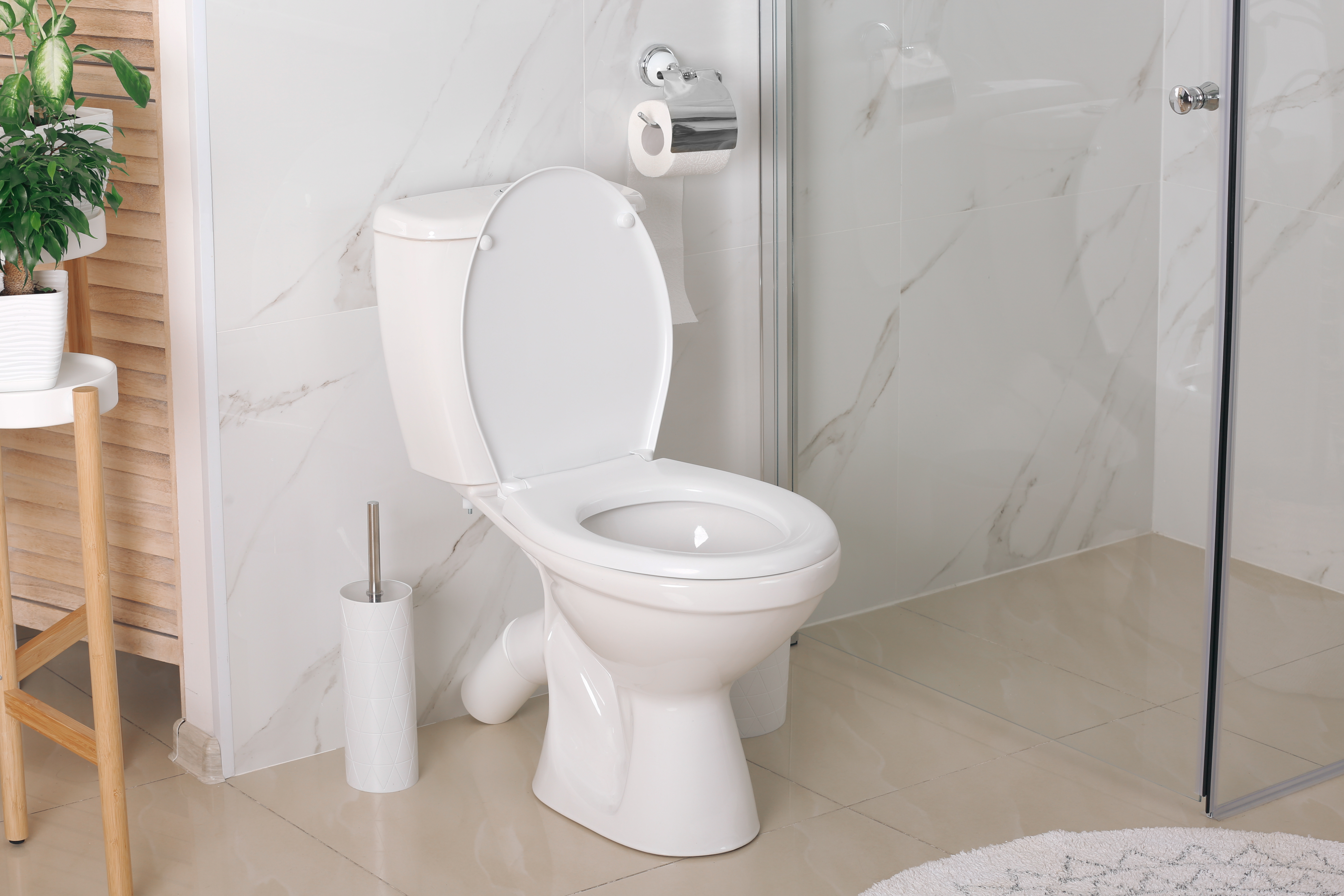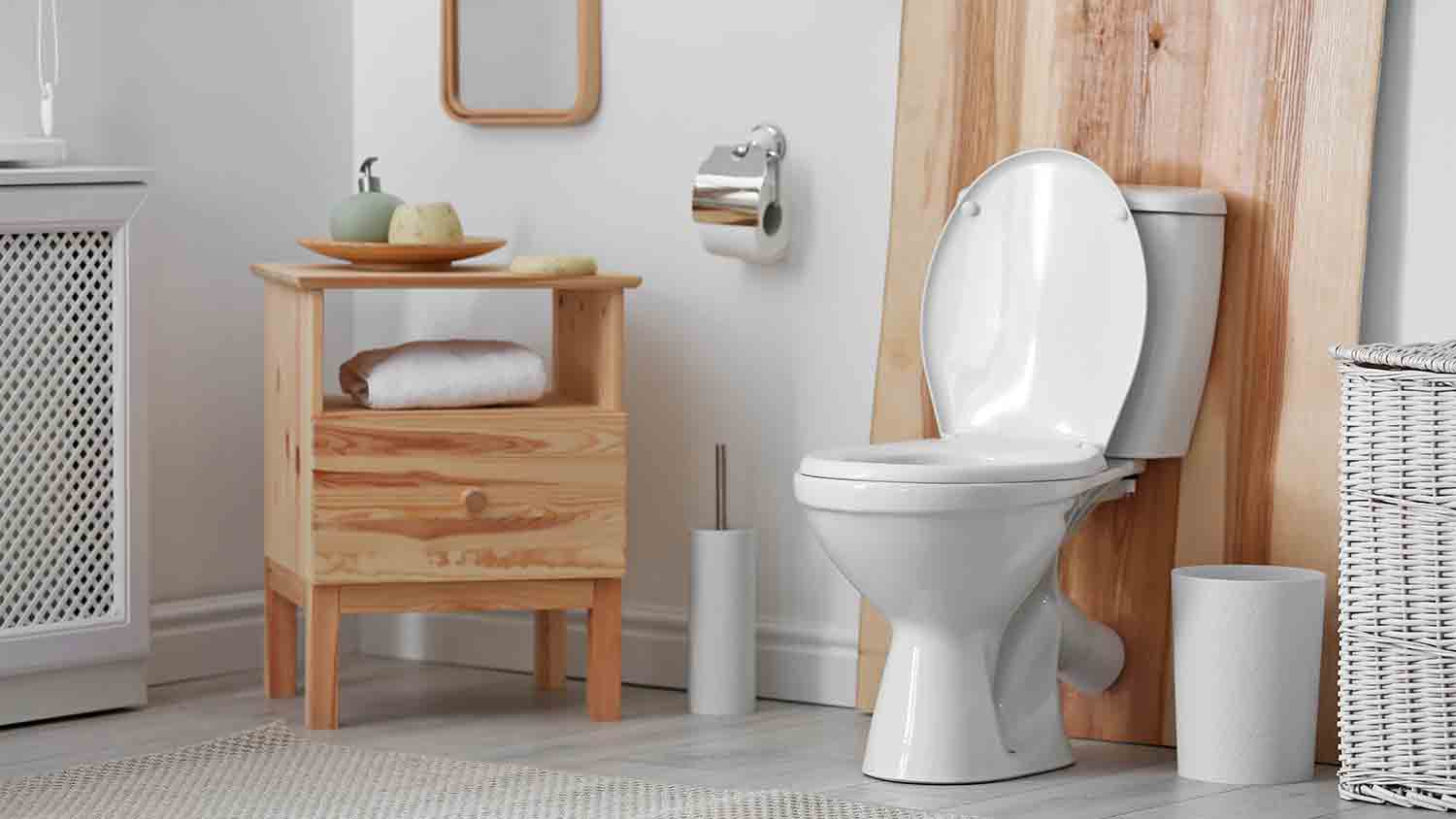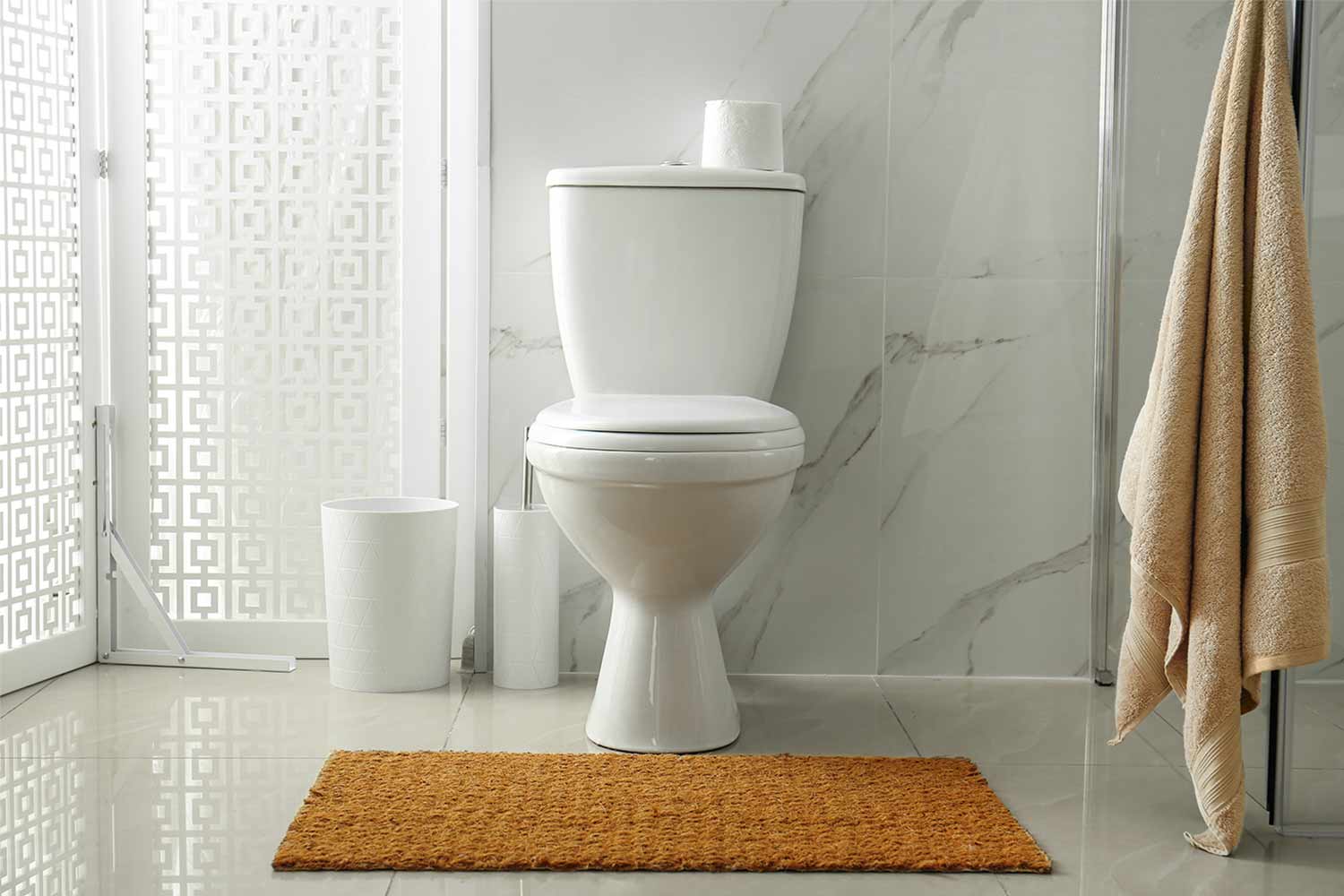
Need to know what sewer line replacement costs in Portland, OR? This guide will help you prepare to budget for sewer line replacement done by local contractors.
Well, well, well. This is a deep subject.


A well and septic system provides clean water and waste removal for homes that aren’t connected to city utilities.
Wells draw groundwater through a pump, pipe, and filter system, while septic tanks treat wastewater underground.
Call a pro to inspect both systems before buying a home—most standard home inspections exclude these systems.
Plan to pump most septic tanks every three to five years to prevent overflow and contamination.
Think twice before purchasing a home with a DIY or unlicensed system, as these can pose significant risks to safety and home value.
Before you move forward with that rural homestead purchase, you’ll want to be familiar with what it’s like to live with a well and septic system. From grabbing a drink to brushing your teeth to making a meal, we rely on water constantly for everyday life. Access to a municipal water and sewer line may not be available, so you might be introduced to a well water and septic tank system for the first time.

You may not give much thought to where your water comes from, but a well and septic system will require a bit of knowledge in order to keep everything running smoothly. While the concept is simple in theory, there are several different parts that homeowners should be aware of.
In simplest terms, a well is a hole drilled into the ground that provides access to water. A pump and pipe system is used to pull water out of the ground, and then a screen filters out unwanted particles to help avoid clogs. Because groundwater sources can be exposed to bacteria and chemicals, wells can easily be contaminated if built incorrectly. Every well is made up of four important components:
Casing made from steel, PVC pipe, or concrete pipe. The casing maintains open access in the ground while preventing any leakage into the well from the surrounding area.
Grout is used as a sealant to fill in any cracks or spaces around the outside of the well, preventing contaminants from getting in.
Filter screen made from stainless steel or slotted PVC pipe keeps gravel, sand, and other debris out of the well.
Gravel is packed around the outside of the filter screen to prevent debris from entering the well or clogging the screen.
A septic system is an underground wastewater structure that consists of a septic tank and a drain field. These systems are commonly found in rural areas without access to centralized municipal sewers.
All the wastewater from a home’s kitchen, faucets, and bathrooms exits through one main drainage pipe into the tank, a water-tight container buried in the ground. The tank then holds all the wastewater, slowly separating the solids (which sink to the bottom) and the oils (which float to the top). Because sludge builds up over time, septic tanks need to be pumped every three to five years.
Eventually, the liquid (called effluent) is released from the tank and distributed into the drain field, which is a shallow, covered trench of unsaturated soil. The drain field treats and disperses the wastewater, eliminating much of the bacteria as it filters into the soil.

While many homeowners use well water and a septic tank because municipal resources aren’t available, some people choose these systems purposely. If you have the choice, both city water and well water are different and have pros and cons you should review.
If you’re considering using well water for your home, take these pros and cons into account.
| Pros | Cons |
|---|---|
| No water bill | Contamination |
| Fresher water | Expensive |
| Safe in disasters | Lots of maintenance |
Connecting to city water is a great solution for many homes, but there are some drawbacks worth considering.
| Pros | Cons |
|---|---|
| City’s responsible | High water bill |
| Minimal upkeep | Maintenance delays |
| Safe in disasters | Not as fresh |
Wells and septic systems are frequently excluded from traditional home inspections, but it’s vitally important that you have a thorough inspection completed before going forward with a purchase.
If your general home inspector does not have an additional septic license, you will need to hire a separate licensed septic inspector to come out. While this will likely incur an additional fee, the quality of the system will have long-term effects on the health and safety of your family.
You can find a well head easily by looking for a 6-inch capped pipe that will be sticking about a foot out of the ground. Make sure that this pipe is at least 50 feet away from the corner of the house, and at least 100 feet away from the septic drain field.
In order to keep your drinking water as clean as possible, make sure your septic system is working properly. Things like a clogged pipe or drainage problems can cause overflow. Too much septic overflow can cause untreated wastewater to back up into the pipes used to push clean drinking water throughout your home, potentially leading to illness.
Pros recommend that you have your tank pumped every three to five years, and watch for any warning signs that there are problems with your system, such as an odor in the yard or standing water near the drain field.
A few warning signs that something is wrong with your system include a constant gurgling, slow-flushing toilets, bad odors, flooding in the yard, and a washing machine that's not draining properly (your clothes are still soaking wet after the spin cycle). Reach out to a pro if you think something may be wrong.
A well and septic system need to be installed by a professional contractor, period. There is too much contamination risk with any well that has been self-dug or bored. Avoid purchasing a home where the system has not been professionally laid out and tested.
Well water and septic tanks sometimes get a bad rap, but they’re actually very functional and provide many benefits. If you’re new to this type of water setup, do some research and consult with a local septic expert about what the upkeep will look like. With regular maintenance, these systems can work well for years.
The garage door specialist was outstanding. He replaced the spring, explained the issue clearly, and made sure the door would operate smoothly and safely. It was the best service I could have hoped for.
They where very responsive and accommodating to my requests and timeline. The furniture and decorations are modern and make the home looked beautiful. I would highly recommend using them.
I felt like the estimator really listened to what I thought I wanted. Then he shared options with me and reinforced my thinking about what was appropriate for the space, even though it might end up meaning a smaller job for his company. He seemed very knowledgeable and made me feel like what...
They did a great job! I am really satisfied with their service. I would refer them to anyone.
When I discovered our water heater was leaking, I called several plumbers for guidance and a price estimate. Rather than simply replacing the tank heater, I was also interested in options to reduce energy use. The Plumbing Factory was the only firm that could describe the pros and cons of the...
As part of a project to install a chainlink fence, I was clearing brush in an area of our yard that never gets any traffic, and I managed to disturb a nest of ground hornets. I sprinted for the house but 9 got inside with me. I managed to get them contained only by, among other things,...
From average costs to expert advice, get all the answers you need to get your job done.

Need to know what sewer line replacement costs in Portland, OR? This guide will help you prepare to budget for sewer line replacement done by local contractors.

Need to know what sewer line replacement costs in Baltimore, MD? This guide will help you prepare to budget for sewer line replacement done by local contractors.

Need to know what sewer line replacement costs in Columbus, OH? This guide will help you prepare to budget for sewer line replacement done by local contractors.

A clogged main sewer line can lead to sewage leaks in your yard or home. Look for these eight signs of a clogged septic line to fix this problem ASAP.

Knowing your septic tank’s location can help you clean and repair the system quicker. Learn five methods for how to find a septic tank lid with this guide.

To unclog a sewer line, you may need to access your septic cleanout. If so, you might wonder: How do I find my septic tank cleanout? Find out in this guide.